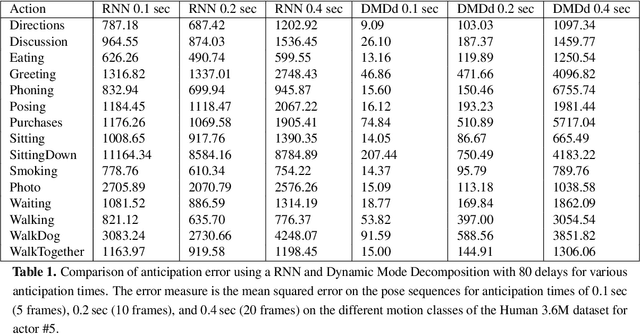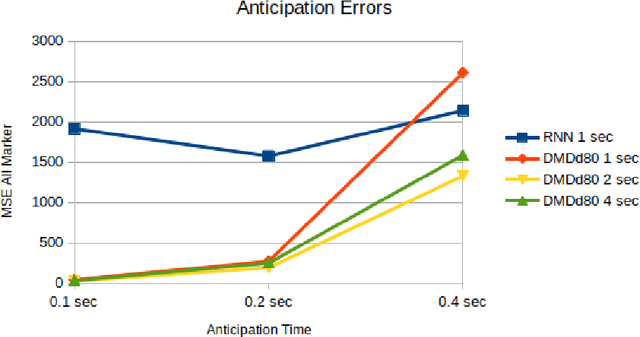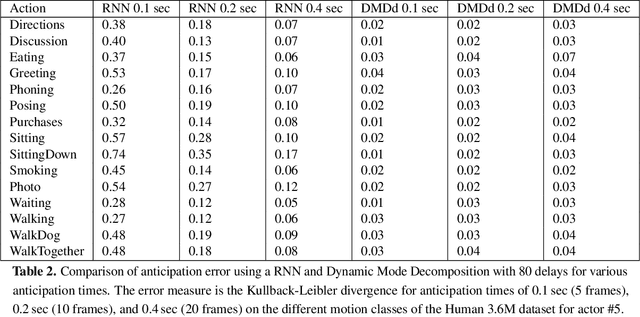Tim Krake
NMF-Based Analysis of Mobile Eye-Tracking Data
Apr 04, 2024



Abstract:The depiction of scanpaths from mobile eye-tracking recordings by thumbnails from the stimulus allows the application of visual computing to detect areas of interest in an unsupervised way. We suggest using nonnegative matrix factorization (NMF) to identify such areas in stimuli. For a user-defined integer k, NMF produces an explainable decomposition into k components, each consisting of a spatial representation associated with a temporal indicator. In the context of multiple eye-tracking recordings, this leads to k spatial representations, where the temporal indicator highlights the appearance within recordings. The choice of k provides an opportunity to control the refinement of the decomposition, i.e., the number of areas to detect. We combine our NMF-based approach with visualization techniques to enable an exploratory analysis of multiple recordings. Finally, we demonstrate the usefulness of our approach with mobile eye-tracking data of an art gallery.
Unsupervised and Generic Short-Term Anticipation of Human Body Motions
Dec 13, 2019



Abstract:Various neural network based methods are capable of anticipating human body motions from data for a short period of time. What these methods lack are the interpretability and explainability of the network and its results. We propose to use Dynamic Mode Decomposition with delays to represent and anticipate human body motions. Exploring the influence of the number of delays on the reconstruction and prediction of various motion classes, we show that the anticipation errors in our results are comparable or even better for very short anticipation times ($<0.4$ sec) to a recurrent neural network based method. We perceive our method as a first step towards the interpretability of the results by representing human body motions as linear combinations of ``factors''. In addition, compared to the neural network based methods large training times are not needed. Actually, our methods do not even regress to any other motions than the one to be anticipated and hence is of a generic nature.
 Add to Chrome
Add to Chrome Add to Firefox
Add to Firefox Add to Edge
Add to Edge